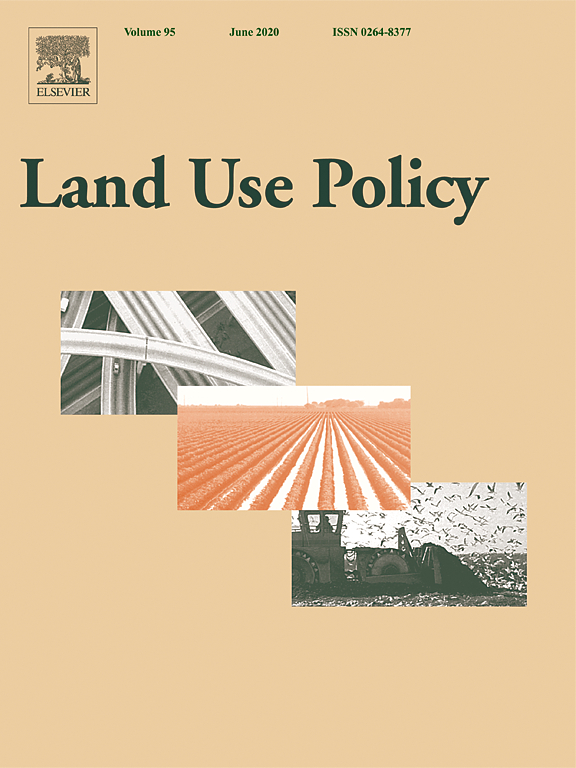Subsurface planning: Towards a common understanding of the subsurface as a multifunctional resource
In response to powerful trends in technology, resource and land supply and demand, socioeconomics and geopolitics, cities are likely to increase use of the subsurface in the near future. Indeed, the subsurface and its appropriate use have been put forward as being of crucial importance if we are to achieve resilient and sustainable cities.



